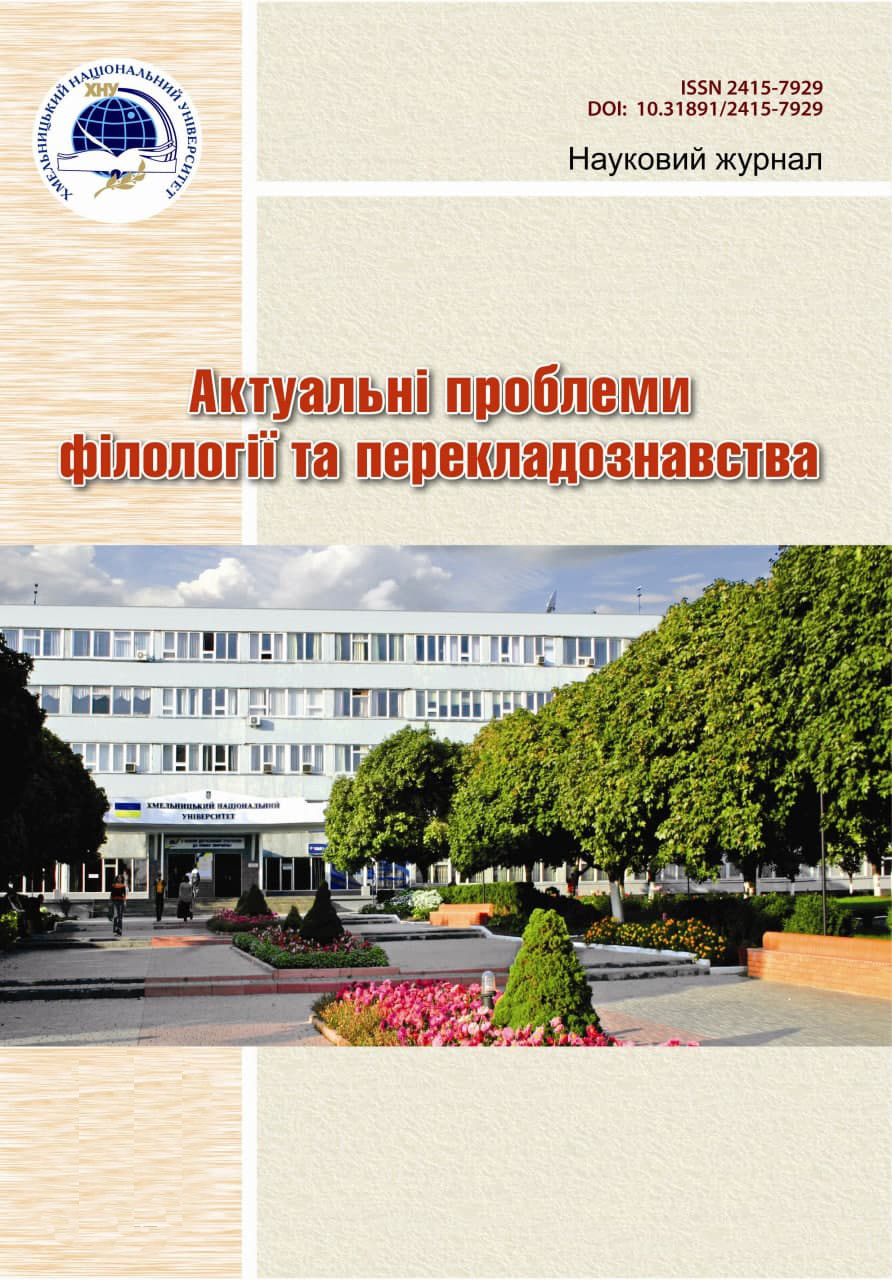TYPOLOGICAL CONTROVERSY BETWEEN H. SKOVORODA'S POETRIES AND CALDERON DE LA BARCA'S DRAMA "LIFE IS A DREAM"
DOI:
https://doi.org/10.31891/2415-7929-2022-25-7Keywords:
Baroque era, Baroque aesthetics, human nature, soul awakening, search for truth, human destinyAbstract
The article traces the typological controversy of H. Skovoroda's poetries and Calderon de la Barca's drama "Life is a Dream" in the context of Baroque literature. The closeness of the artists' searches and discoveries in their worldview, humanitarian and aesthetic concepts, related with the Baroque era, is evident in the works of Calderon de la Barca and H. Skovoroda. In the foreground, the writers put forward the need for man, whose spiritual world is the arena of the duel between good and evil, to determine the place in the Universe and on Earth. It is emphasized that the main discovery of the philosophy of the Ukrainian artist H. Skovoroda is the problem of man, his happiness and ways to achieve it. In the works of the wandering philosopher, man acts as the measure of all that exists, because before knowing the huge and symbolic world, he must know himself. Skovoroda considered happiness to be the most important thing for a person. Happiness must be built on an unshakable foundation, which is invisibility, it does not depend on either earth or heaven. Each person has his own nature, so you can choose an occupation in "controversy" with this nature. The fate of Calderon, as the creator of baroque aesthetics, is a knot of contradictions of his era. The writer combines philosophical reflections on the meaning of human life, on the search for truth, the place in society, a person's understanding of himself with ardent propaganda of religious fanaticism and self-denial. Despite the fact that the path of Calderon's heroes to the realization of the meaning of being is difficult and thorny, full of losses, disappointments and doubts, the writer believes that a person is capable of defeating himself and standing in the face of inexorable fate. The aesthetic ideal of a person, built in his works, led readers and viewers to the awakening of the soul, to productive work on the way to the realization of their hidden possibilities, to the disclosure of the secrets of existence, to the search for truth. The world of symbols and allegories as a vivid reflection of baroque aesthetics brings G. Skovoroda and Calderon de la Barca closer together in the idea that the purpose of man as a social being is to wake up to life, make the world around him better, and move towards the highest absolute.
Downloads
Published
Issue
Section
License
Copyright (c) 2022 В. ПАПУШИНА (Автор)

This work is licensed under a Creative Commons Attribution 4.0 International License.

